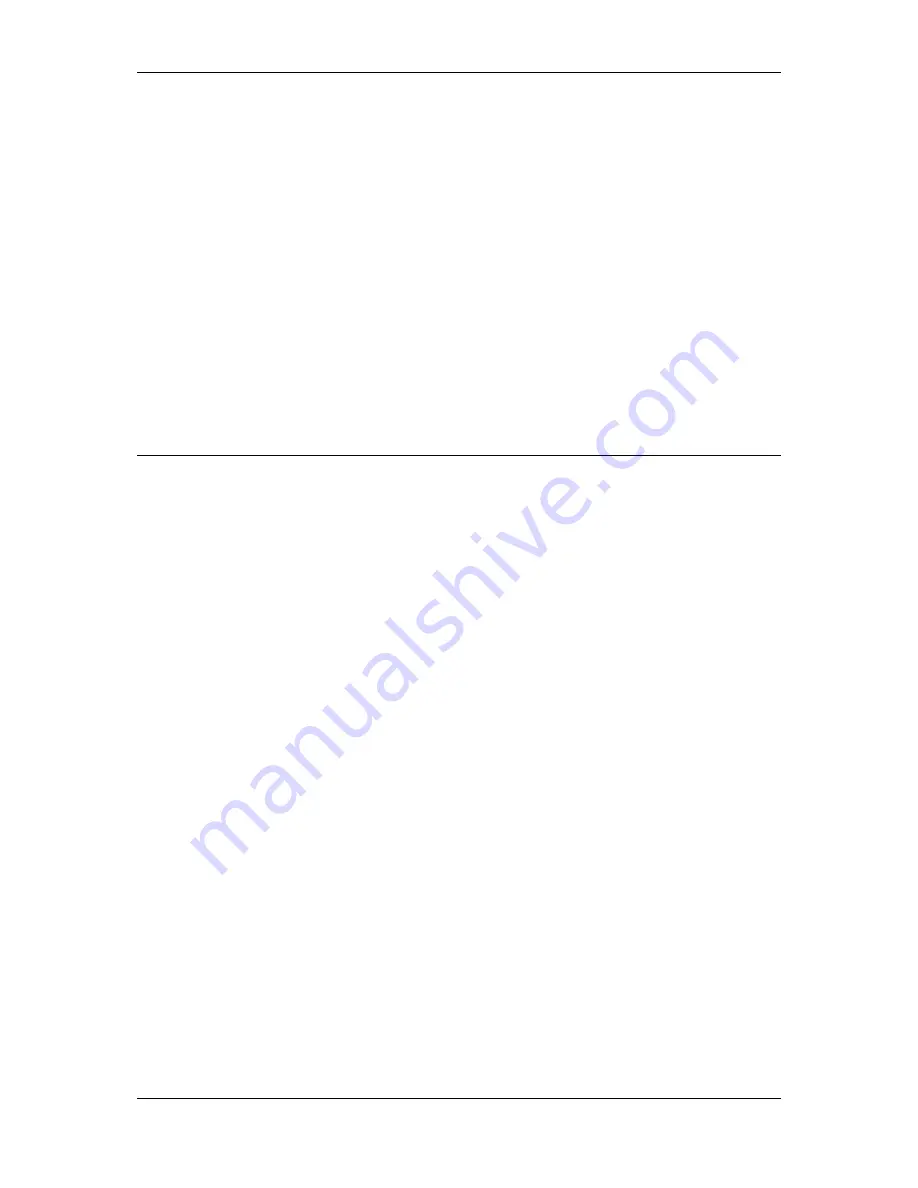
L-VIS User Manual
89
LOYTEC
Version 6.2
LOYTEC electronics GmbH
8.10.5 Improved Structure
As shown in the above section, the use of templates can greatly enhance the structure and
therefore maintainability of a project. It guarantees that the project follows certain
standards, no matter who is building the top level project based on the templates from a
ready-made library. Templates can be organized in a folder hierarchy to categorize them
into sub-systems. The tree icon of a template indicates if that template is currently
instantiated anywhere in the project, such that unused template, which may have been
copied over in a batch from a template library can be removed at the end. The context menu
of a template instance provides a command to jump to the template associated with the
instance.
Each instance maintains a list of all its data point references. When setting up the base paths
for a template instance, this list can be consulted to make sure the instance is operating on
the desired data set and all required data points could be found.
All templates and their instances are constantly monitored by the configuration software for
possible problems, like non existing base paths, or missing data points. Any template or
instance that failed one of these checks is marked with a red warning triangle to alert the
project engineer.
8.11 Workflow
Even though there are a lot of things to configure, creating a new project really is not that
complicated. If this is your first attempt to create a project, it might help to concentrate on
one thing at a time to avoid unnecessary confusion caused by switching back and forth
between objects and their different property pages.
A simple workflow is suggested below:
First, build the desired object hierarchy using the tree view at the left. Use the
context menus to add, cut, copy, and paste objects and use drag and drop inside
the tree view to move existing objects around. It is also possible to have a second
instance of the configuration software running and copy/paste objects between
the projects. In the property view, keep the
General
property page open and enter
names and descriptions for your objects as you create them. Do not get lost in
detailed object configuration at this time!
You should now have an object tree containing at least the hierarchy of menus,
menu items, pages, and the basic controls which will be used to display and enter
data. All objects should be clearly named. Now is a good time to go through the
menus and configure their basic appearance. Select one menu at a time from the
tree view and keep the
Common Properties
page open in the property view. For
each selected menu, enter a menu title in the
Text
field and select the desired font.
With the
Common Properties
still open, go through all menu item objects and
enter each items text in the text field. Choosing a medium sized font, like the
12x16 ROM font, will make it easier to select the menu item on the touch screen.
If the item text does not fit the width of the menu, don’t worry about it for now.
The required menu width will be set at a later step, when all menu items have
their final text assigned. While you are at the common properties page, you may
also load an icon for the menu item, which will be shown to the left of the item
text.
Go back once more to the menu objects of your project and open the
Menu/Page
property page. For each menu, set the
Container Width
such that the longest item
text fits the menu. If your items use graphical icons as well, you may need to
adjust the width reserved to the left of the item text such that the widest icon will
fit. In case the menu contains more items than fit on the screen, make the scroll






























